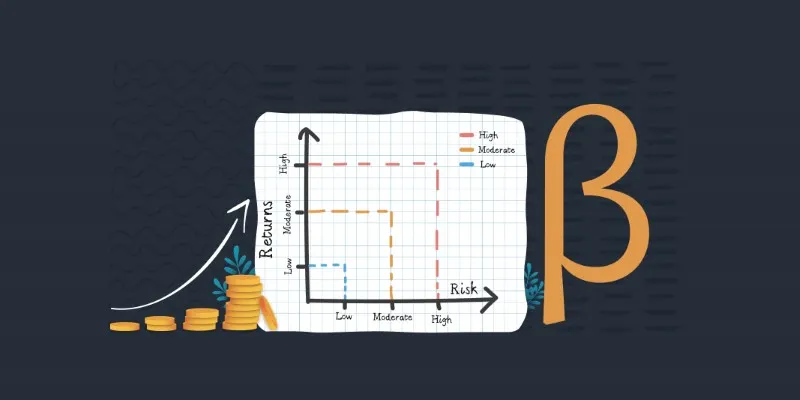How to Write Covered Calls: A Step-by-Step Guide to Generating Extra Income
If you own stocks, you might be looking for ways to generate additional income from your portfolio without selling your shares. One strategy that can help is writing covered calls. This approach allows investors to earn premiums by selling options contracts on stocks they already own.

It’s a relatively low-risk strategy that can increase your returns, especially in a sideways or slow-moving market. But how do you get started? In this article, we’ll break down what covered calls are, why they’re useful, and how to write them effectively.
What are Covered Calls?
A covered call is an options strategy where an investor sells a call option on an asset they hold. “Covered” refers to owning enough of the underlying stock to meet the obligation if the option is exercised. In short, you’re agreeing to sell a specific number of your stock (never more than the contract specifies) to the buyer of the call option at a predetermined price (the strike price) if they choose to exercise the option. In return, you receive a premium upfront.

This strategy is typically used by investors to gain extra income from their stocks, especially if they believe the stock price will show little growth or not exceed the strike price of the call option they have written. However, while writing covered calls is a great way to increase your income, it can reduce your opportunity to profit if the stock price rises significantly above your strike price. If the stock price stays flat or declines, the covered call strategy can be beneficial.
The Mechanics of Writing Covered Calls
Writing a covered call involves a few simple steps, but it’s essential to understand the process before diving in. Here’s a quick look at how you can write covered calls:
1. Own the Stock
Before writing a covered call, you need to own the underlying stock. You can write one covered call contract for every 100 shares of stock you hold.
2. Choose the Strike Price
The strike price is the price at which you agree to sell your stock if the option is exercised. Ideally, you want to choose a strike price above the current stock price if you don’t want to sell your stock. The higher the strike price, the more potential profit you have if the stock price rises.
3. Select an Expiration Date
Covered calls have an expiration date, usually within a few weeks to a few months. The closer the expiration, the more premium you can typically collect, but the less time you have for the stock to rise.
4. Sell the Call Option
Once you’ve selected a strike price and expiration date, you sell the call option. The buyer of the call option will pay you a premium for the right to purchase your stock at the strike price before the expiration date.
5. Monitor the Position
After selling the call option, it’s important to monitor the position. If the stock price rises above the strike price, the option may be exercised, and you’ll have to sell your stock. If the stock price remains below the strike price, the option expires worthless, and you keep both the premium and your shares.
The goal of writing a covered call is to collect premium income without giving up your stock unless the stock price rises above your chosen strike price.
Benefits of Writing Covered Calls
Writing covered calls is a popular strategy among income-focused investors because it offers several key benefits:

Generate Extra Income
By selling the call option, you earn premium income, which can help enhance your returns on a stock that may not be doing much in terms of price appreciation. Even if the stock price doesn’t rise, you still get to keep the premium.
Lower Risk
Since you’re only selling options on stocks you already own, this strategy limits your downside risk compared to other options strategies. If the stock price falls, you still own the stock, and the premium income you received helps cushion the loss.
Potential for Profit in Sideways Markets
If the market is flat or only experiences modest movements, writing covered calls can be an excellent strategy for earning steady income. It allows you to profit from a stock that isn’t expected to move drastically while reducing the risk of holding the stock.
Flexibility
Covered calls are highly flexible because you can choose the strike price and expiration date. This gives you the ability to tailor the strategy to your individual investment goals and market outlook.
Risks and Considerations
While writing covered calls is a lower-risk strategy compared to many other options trades, it still carries some risks. One of the main risks is that the stock price could rise significantly above the strike price, and you’ll miss out on those additional gains because you’re obligated to sell at the strike price. Additionally, if the stock price falls drastically, the premium income you earned from selling the call option may not be enough to offset the losses from the stock’s decline.
It’s also important to consider the amount of capital you need to write covered calls. Since you must own 100 shares for each options contract, writing covered calls requires significant capital if you’re managing large positions. If you don’t already own the stock, you’ll need to purchase it first, which adds an additional layer of cost.
Another consideration is tax implications. In some jurisdictions, the income from options premiums may be taxed differently than capital gains from stock sales. Therefore, it’s crucial to understand the tax implications of writing covered calls before implementing this strategy in your portfolio.
Conclusion
Writing covered calls can be a great strategy for investors looking to generate extra income from their stock holdings, particularly in flat or low- growth markets. By understanding the mechanics of covered calls and the benefits and risks involved, you can make an informed decision about whether this strategy fits your investment goals.

